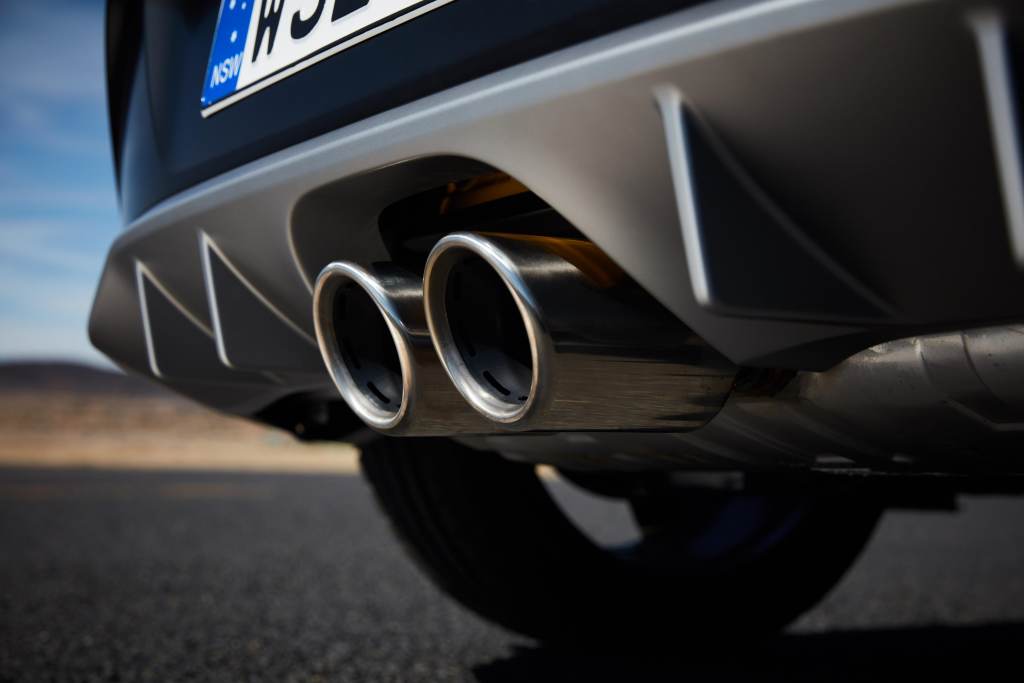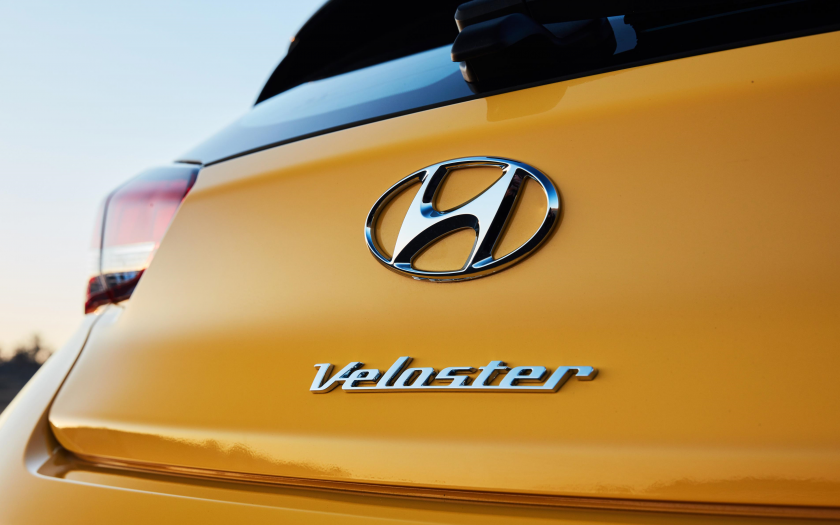WE DON’T KNOW who’s doing the numbers at Hyundai, but perhaps they know something we don’t.
The new 2020 model Veloster has just joined the Hyundai range, but since there are no plans (as far as we know) to release it in the UK and other right-hand drive markets (including Japan), the only place the right-hooker Veloster will be sold is Australasia. It’s a niche vehicle looking for a niche market.
Even for less unusual cars, a unique model exclusively for the Australian and New Zealand markets would be a brave (read: “potentially expensive”) decision. But the Veloster complicates the equation by having one door on the driver’s side and two on the passenger side, so the right-hand drive models require even more tooling and other changes than usual.
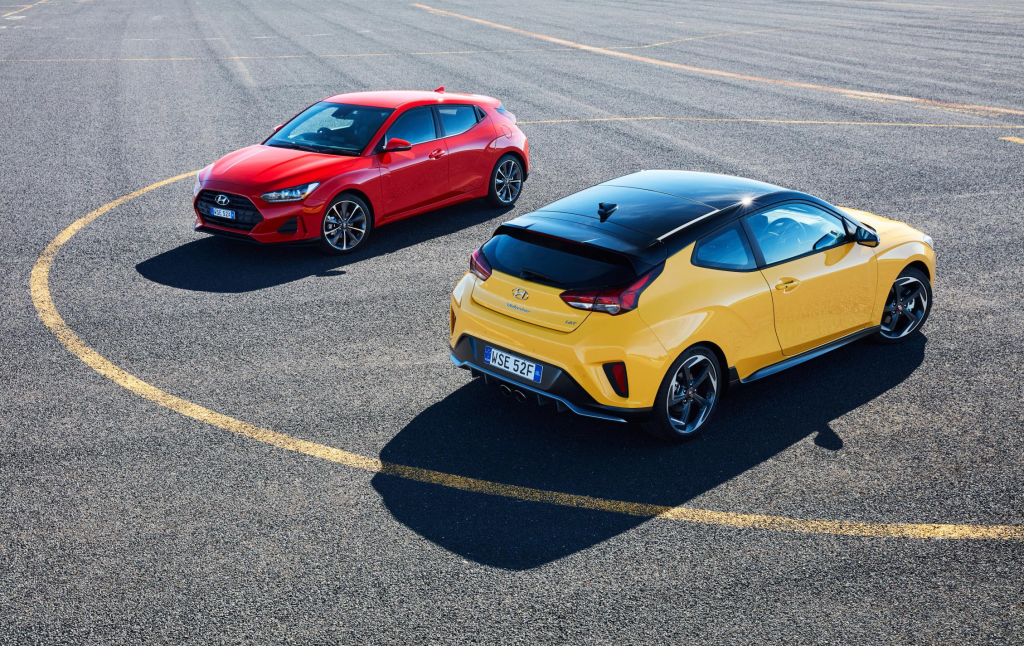
And appearances to the contrary, the new model is quite a bit changed from the outgoing model.
Pricing starts from $29,490 (plus on road costs) for the standard Veloster, now with a more powerful 2.0-litre engine replacing the previous 1.6-litre. The new engine delivers a more useful 110kW and 180Nm. The standard transmission is a six-speed manual, with a conventional six-speed auto adding $2300 to the price (the previous model offered an optional dual-clutch auto). The Turbo model comes in at a $6000 price premium justified by its 150kW/265Nm from 1.6-litres. Also helping offset the extra dollars is more standard equipment, including LED lights, 8-inch touchscreen, eight-speaker audio, smart keys, black wheels and an improved dashboard display. The Turbo models fitted with auto also get paddle shifters, active cruise control and pedestrian detection. Step up again to the Turbo Premium and there are heated and cooled seats in leather, wireless smartphone charging, head-up display, sunroof and eight-speaker audio for $38,990 in standard six-speed manual form, or $41,990 with a seven-speed dual-clutch automatic transmission.
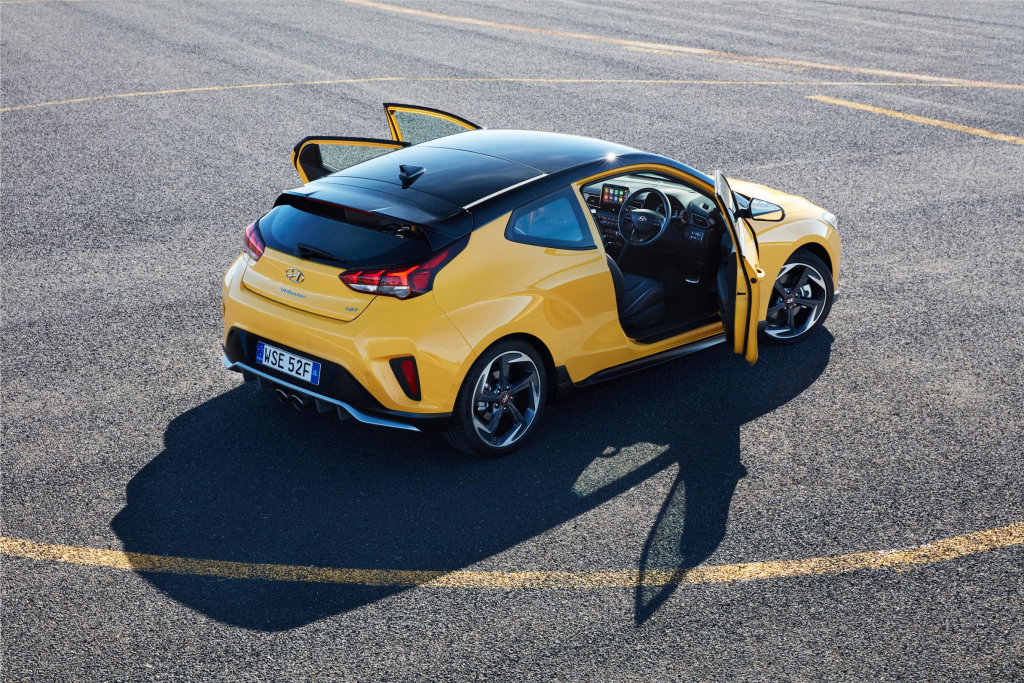
More changes than you’d think
Attractively redesigned inside and out the second-generation Veloster features upgraded drivetrains and a sophisticated new multi-link rear suspension, with increased standard specifications across the range.
Naturally, the innovative 2+1 asymmetric design continues. There’s a new low and wide frontal design incorporating Hyundai’s signature cascading grille, a sleek silhouette with sculpted wheel arches, and sporty rear diffuser.
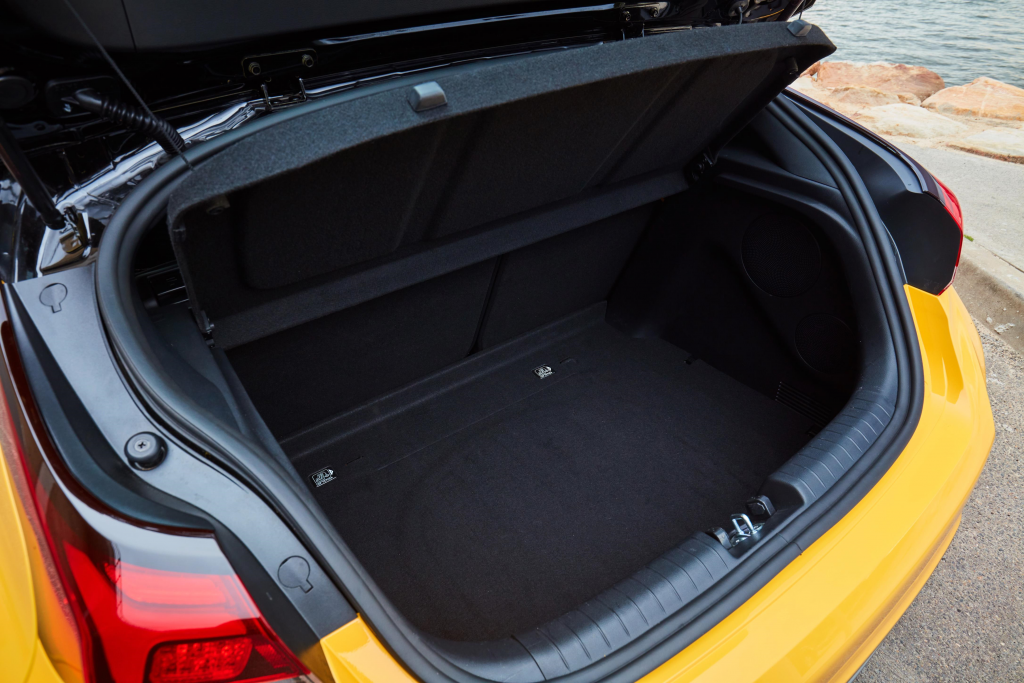
The new design isn’t a simple cosmetic upgrade, either. The nose is longer, the panels over the front and rear wheels are considerably redesigned and the head and tail lights have been revised (which means new panels). Even the rear door opening on the left hand side has been increased by 58mm and the A-pillars have been moved rearward. That’s a lot of changes for a niche-market model.
Hyundai’s SmartSense suite is standard in every new Veloster, and incorporates Driver Attention Warning (DAW), Forward Collision Warning (FCW), Forward Collision-Avoidance Assist (FCA), and Lane Keeping Assist (LKA) systems.
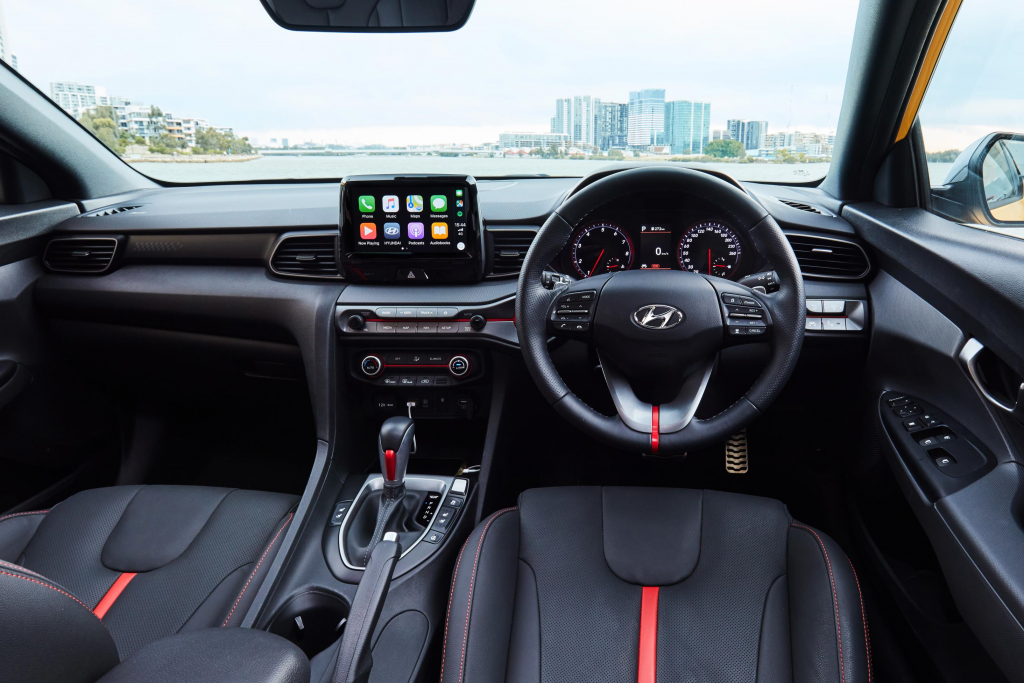
Veloster’s standard touchscreen multimedia interface features Apple CarPlay and Android Auto for seamless and intuitive smartphone operation.
Contributing to the well-appointed package is the availability of luxury and convenience features such as heated and air-ventilated front seats, wireless (Qi standard) smartphone charging, Head-Up Display (HUD), full-width glass sunroof and 8-speaker Infinity premium audio system.
High-performance enthusiasts are catered for with the inclusion of lightweight independent multi-link suspension, Michelin Pilot Sport tyres, a Torque Vectoring Control (TVC) system, digital performance gauge display, and turbo over-boost function.
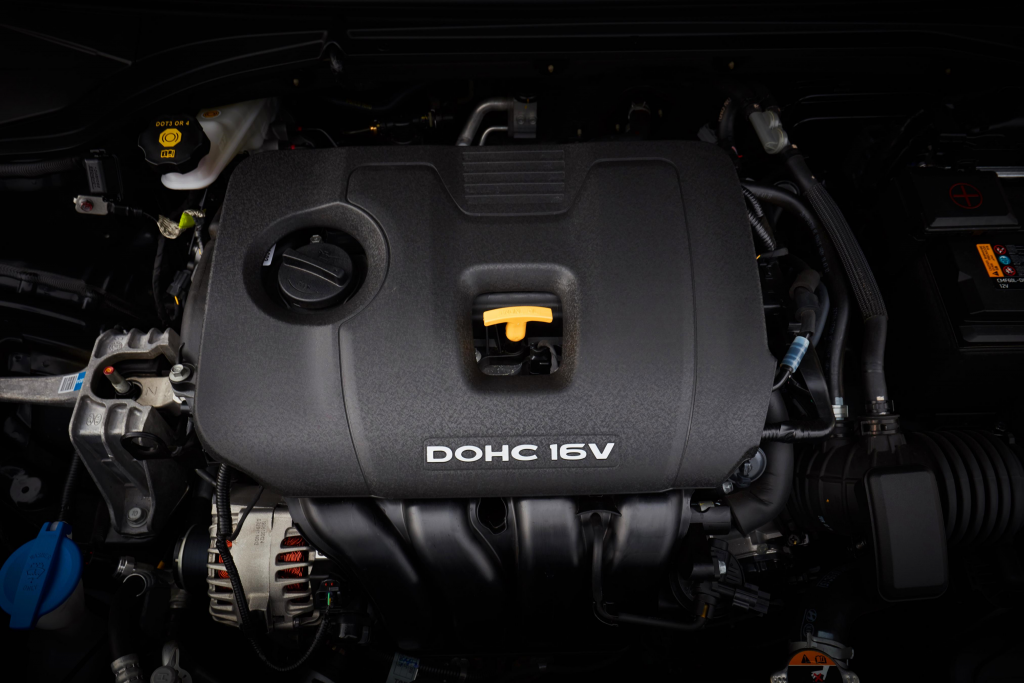
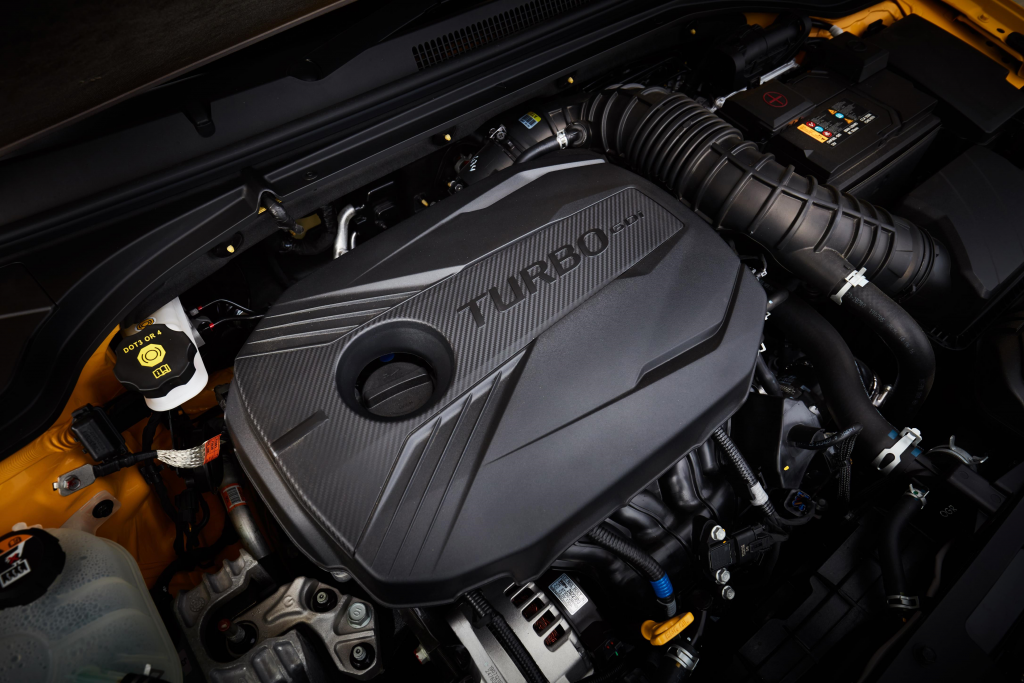
2020 Veloster is available in three trim grades, with all-new Atkinson cycle 2.0 MPi and updated 1.6 T-GDi turbo engines driving the front wheels via a manual, automatic or Dual-Clutch Transmission (DCT). Hyundai suggests around 50 percent of buyers will opt for the Turbo, which is a little surprising, given that most of the Veloster’s appeal to its predominately female and young buyers is its looks more than its sporting characteristics. Even in Turbo form, we doubt the Veloster will steal too many sales from more overtly sporting models such as the Ford Focus ST, Honda Civic Type R, Subaru WRX STI, Renault Megane RS280 or even Hyundai’s own i30 N (overseas, a Veloster N is available, but it is unlikely to be offered on the Australian market).
A new range of exterior colours widens the appeal (premium paint adds $595), with the option of a black two-tone roof (an additional $1000), and a range of striking 18-inch alloy wheel designs.
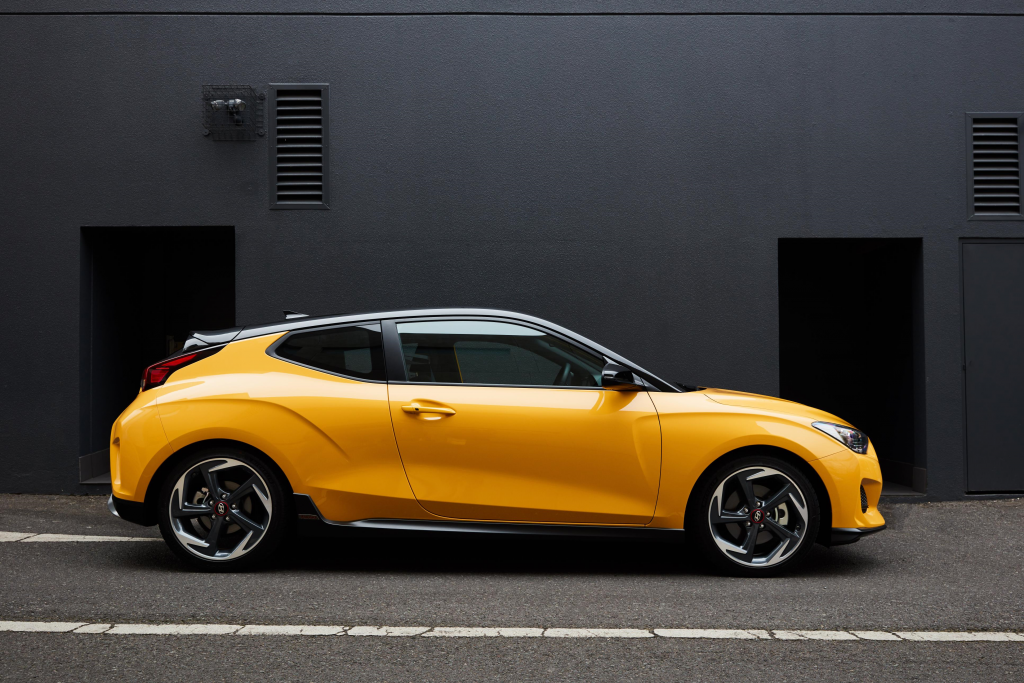
Enhanced chassis and suspension
The new Veloster features a MacPherson strut front suspension combined with a lightweight independent multi-link rear setup.
The multi-link rear suspension delivers the dual benefits of superior ride comfort and increased handling capability compared with the preceding model’s torsion beam rear end.
The revamped multi-link suspension set-up with dual lower arms delivers:
- Improved stability during high-speed cornering
- Improved ride comfort through optimised bushing characteristics and reduced rear friction
- Enhanced cornering stability through toe-in increase in lateral force of rear wheels
- Enhanced steering through improvements to insulator structure
- Improved ride comfort through extended wheel stroke and bump stopper
- Improved ride comfort and steering through enhanced flexural characteristics of lower bushing on shock absorber
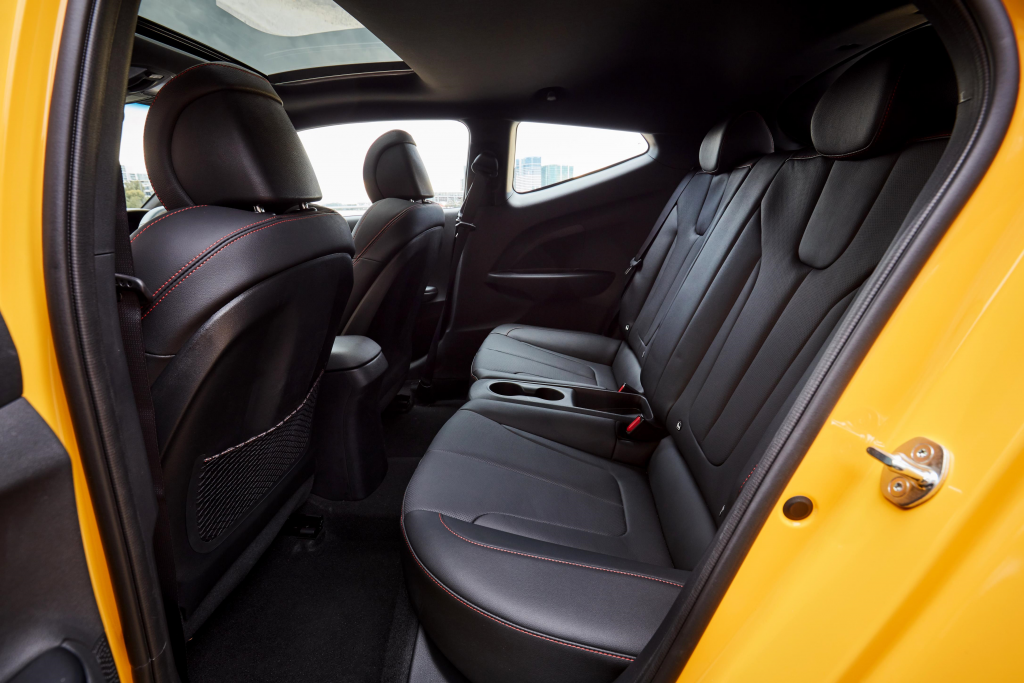
All-new Veloster’s motor-driven power steering system features a quicker-ratio rack, for enhanced responsiveness.
Offering the new Veloster is an interesting marketing decision on the part of Hyundai, but to date they seem to have made the right decisions on most things, so let’s hope the new model meets their expectations and sales predictions.
Once we have tested and assessed the new Hyundai Veloster, seniordriveraus will bring you a comprehensive review, including everything the over-50 driver needs to know.
